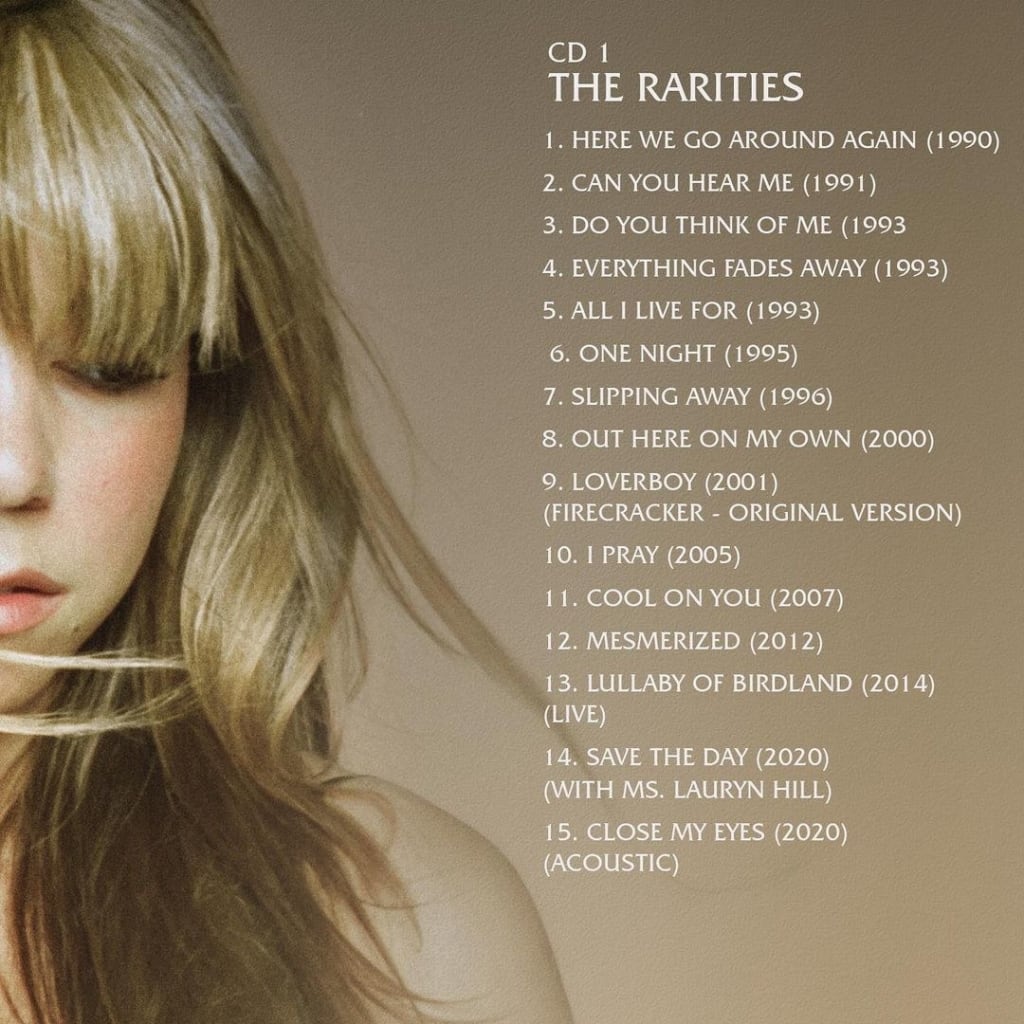
The Phenomenon Known As The B-Side.
A B-side? Many younger readers might have heard the term but quickly dismissed it. But chances are they’ve never seen one in the flesh.
The B-side has always served a noble purpose in the history of music. In the earliest days of vinyl singles – the flipside golden years – there was no differentiation between A- and B-sides. Acts would release two equally favoured tracks and DJs chose which side to play; often both tracks would become hits. As promotional techniques refined in the ‘60s, though, the A-side became the home of the hit and the B-side the Oscar chair-filler of rock’n’roll, valiantly occupying one side of a seven-inch that would otherwise have remained embarrassingly blank.
While this gave most acts the chance to unload a couple of their shonkier numbers, which weren’t even good enough to grace the tail end of their album – a tradition which endured right up to the initial death of the vinyl single in the ‘90s, then replaced by CD'S and cassettes. While many bands’/rappers/singers B-sides were an admittance of creative fallibility, that their talents were limited and they were forced to record a cornucopia of dross for every glimmer of brilliance, The Beatles began releasing double A-side singles as standard, so fecund were they of banger. Also the B-side was the answer to record company semantics. When an artist is told by the powers that be to cut a song for time or for content, they put it on their single. Some, like the band Garbage, the B-side has become signature with their fan base knowing that a majority of the most prized songs are indeed B-Sides. Europe is just so much better at music and the release of it.
Over time, such an approach to the B-side became a way of swiftly ascertaining whether a artist was hopelessly winging it or worthy of a lifetime’s worship.
This sort of effort became even more pronounced once the cynical promotional tactic of the double- and maxi-CD single came into play in the ‘90s. The conundrum of how to get an indie song into the charts by making dedicated fans buy it three times – twice on CD and once on cassette or 12-inch – led to a tsunami of additional tracks across copious formats which turned most casual single releases into mini-albums in their own right. Again, this separated the wheat from the cash-in chaff.
Soon it became abundant in the rap game. Almost overnight, the "B-Side" was a term only used by producers and fanatical musicians. As the 90s kicked into high gear, a flood of new rappers and sound was introduced. Songs initially that were supposed to be on albums sometimes gets thrown on to a single or a mixtape making the "B-Side" a enigmatic force. I remember being in high school ordering a single from Europe just to get that unreleased song aka B-Side.
An example of this would be "Crush On You" by Lil Kim. In 1996, the single was released and it's B-Side was "Crush On You Remix" with Kim's vocals opposed to the album version where it just had Lil Cease on the song.
Another example could be "Do You Think Of Me" by Mariah Carey. For any hardcore fan of hers they would tell you that the song is amazing but if you would ask just a regular fan, they would have no idea about the B-Side to the single "Dreamlover". Honestly I believe that this has turned into a phenomenon for fans who want everything they can get by their favorite singer or rapper or band. With streaming services just plain released Songs, the B-side has now become more vital than ever. Maybe returning to compact disc and cassette is not as bad of an idea.
About the Creator
Brian
I am a writer. I love fiction but also I'm a watcher of the world. I like to put things in perspective not only for myself but for other people. It's the best outlet to express myself. I am a advocate for Hip Hop & Free Speech! #Philly






Comments
There are no comments for this story
Be the first to respond and start the conversation.